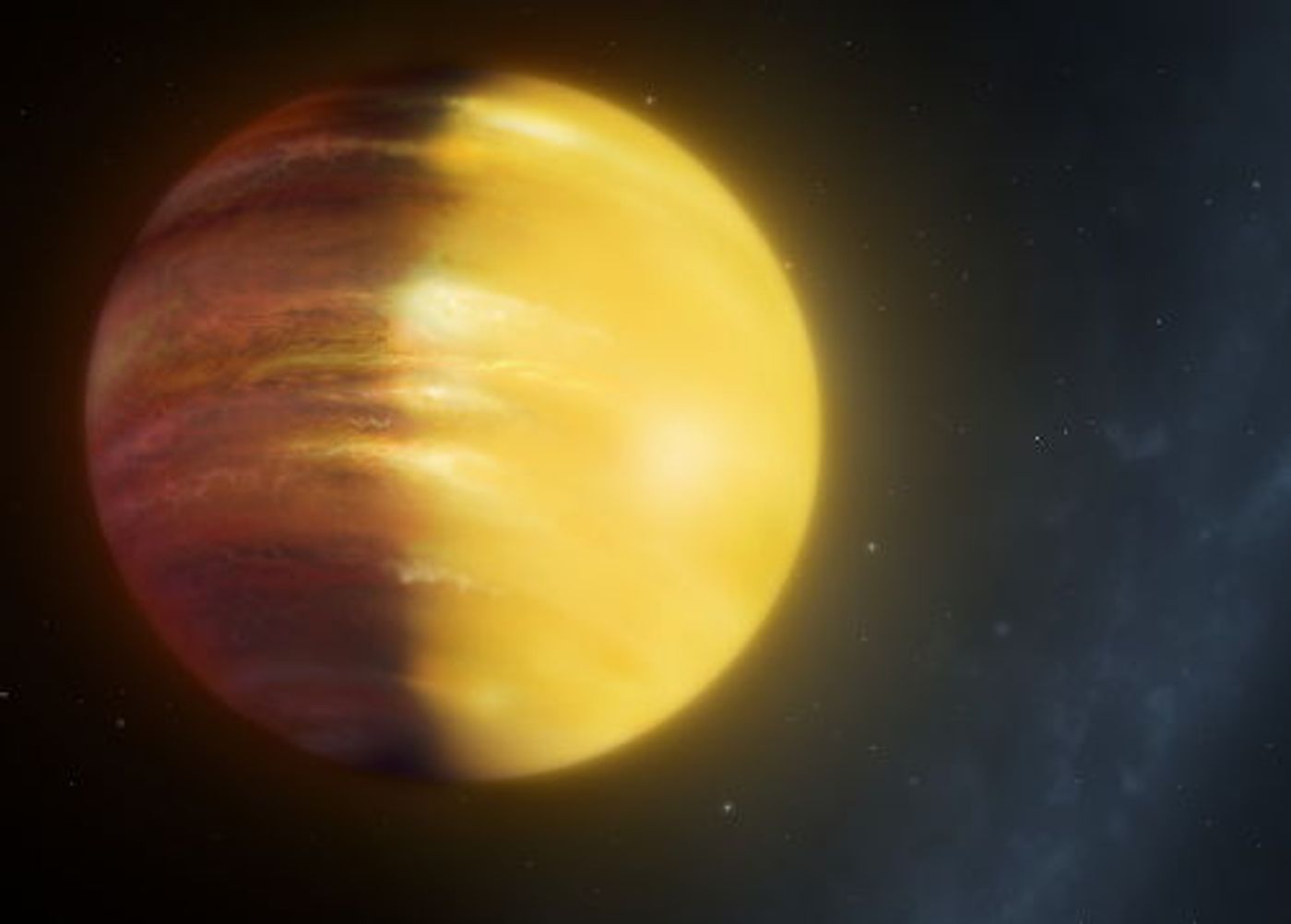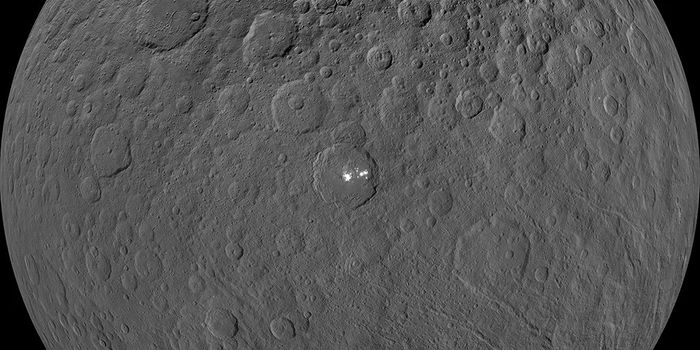This Hot Jupiter-Like Exoplanet Has Clouds of Gem Minerals
One of the types of exoplanets that stick out most to astronomers who study the curious and distant heavens are hot, gassy Jupiter-like exoplanets. These are typically the plants that orbit their host stars so closely that the gasses in their atmosphere are too hot for life to exist. Despite being lifeless, they operate a lot like Jupiter, which means we can observe them to learn more about Jupiter and vice-versa.
One in particular, HAT-P-7b, is approximately 1,040 light years away and is estimated to be around 40% larger than Jupiter while orbiting a star approximately twice as large as our Sun. And interestingly, its atmosphere is made up of clouds that appear to be made out of corundum, the primary mineral that makes up the rubies and sapphires here on Earth.
Image Credit: University of Warwick / Mark Garlick
Reporting in the journal Nature Astronomy, Dr David Armstrong of the University of Warwick and his colleagues explain the discovery.
This hot Jupiter-like exoplanet orbits its host star once every 2.2 Earth days, which means it’s really close to its host star. Given the proximity and the types of materials it’s made up of, HAT-P-7b reaches temperatures of well over 4,500º Fahrenheit.
More importantly, HAT-P-7b appears to be tidally-locked to its host star, which means one side is always hot, while the other is always colder. The hot clouds transfer to the colder side, where they’re allowed to condense again, and then the process starts all over again.
The team discovered these clouds of precious stone mineral while observing data captured by NASA’s Kepler space telescope. Doing so, they observed what they believe to be a type of weather on the planet, which is when they discovered these clouds swirling around amid high-speed winds.
“Using the NASA Kepler satellite we were able to study light reflected from HAT-P-7b’s atmosphere, finding that the atmosphere was changing over time,” Armstrong said in a statement. “HAT-P-7b is a tidally locked planet, with the same side always facing its star. We expect clouds to form on the cold night side of the planet, but they would evaporate quickly on the hot dayside.
“These results show that strong winds circle the planet, transporting clouds from the night side to the dayside,” he continued. “The winds change speed dramatically, leading to huge cloud formations building up then dying away. This is the first detection of weather on a gas giant planet outside the solar system.”
They deciphered the clouds based on differential brightness being emitted from the planet. This happens because the clouds are reflective and tend to reflect some of the light from the host star.
While most clouds are created in colder atmospheres, these clouds are essentially the end result of material with high boiling points being vaporized into a permanent gaseous state thanks to the hot temperature of the planet itself.
While we’re limited in what we can assume due to the limitations of seeing a planet so distant through a space telescope, scientists say they’d be able to confirm for sure whether or not the clouds were actually formed with gem gas if they only had the ability to grab a sample. Unfortunately, technology isn’t quite there yet.
It should be interesting to see if any of the near future advancements in space exploration technology can help shed light on this mystery.
Source: Quartz









